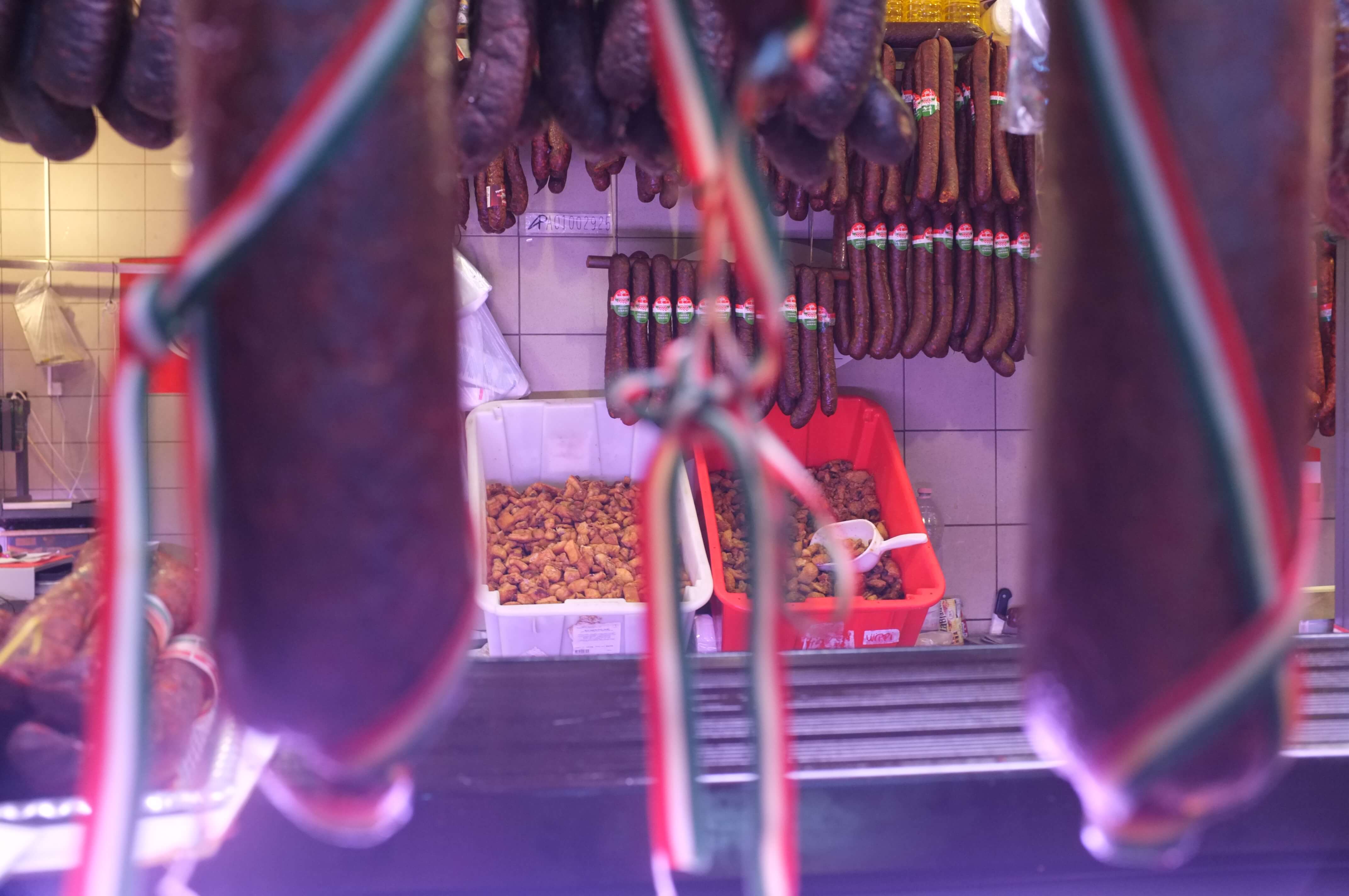
Chomping at the Bit: a Hungarian Horse Sausage Primer
4 minutes read
Ernest Hemingway opens Death in the Afternoon, his book on bullfighting, with a kind of trigger warning: some animals are going to die in a messy fashion, and not even he—a macho writer known for his bloodlust in large game hunting—may be able to stomach the proceedings. But he’s not talking about the slaughter of the bulls. He frets over the possibility of horses used by the rejoneador (the mounted bullfighter) being gored by the fierce bull’s horns. Killing a bull is one thing, but killing a horse is entirely different.
Over the centuries, the horse has been elevated in humankind’s eyes from a wild animal to domesticated pet. People don’t like to see pets killed for sport, even less so do they like to see them eaten. So what should we make of lókolbász, the horse sausage that can be found in the Central Market Hall (Nagyvásárcsarnok), and many other market halls and butchers around Hungary? For some who are unfamiliar with eating horse, particularly people from North America, it may seem like a bizarre, distasteful proposition. But humans have a long history of eating horse; there’s even a word for it: hippophagy. Though Hungarians’ fondness for horse meat is far from universal among the population, a demand for it persists to the extent that horse sausage is still commonly found at market halls around Budapest.
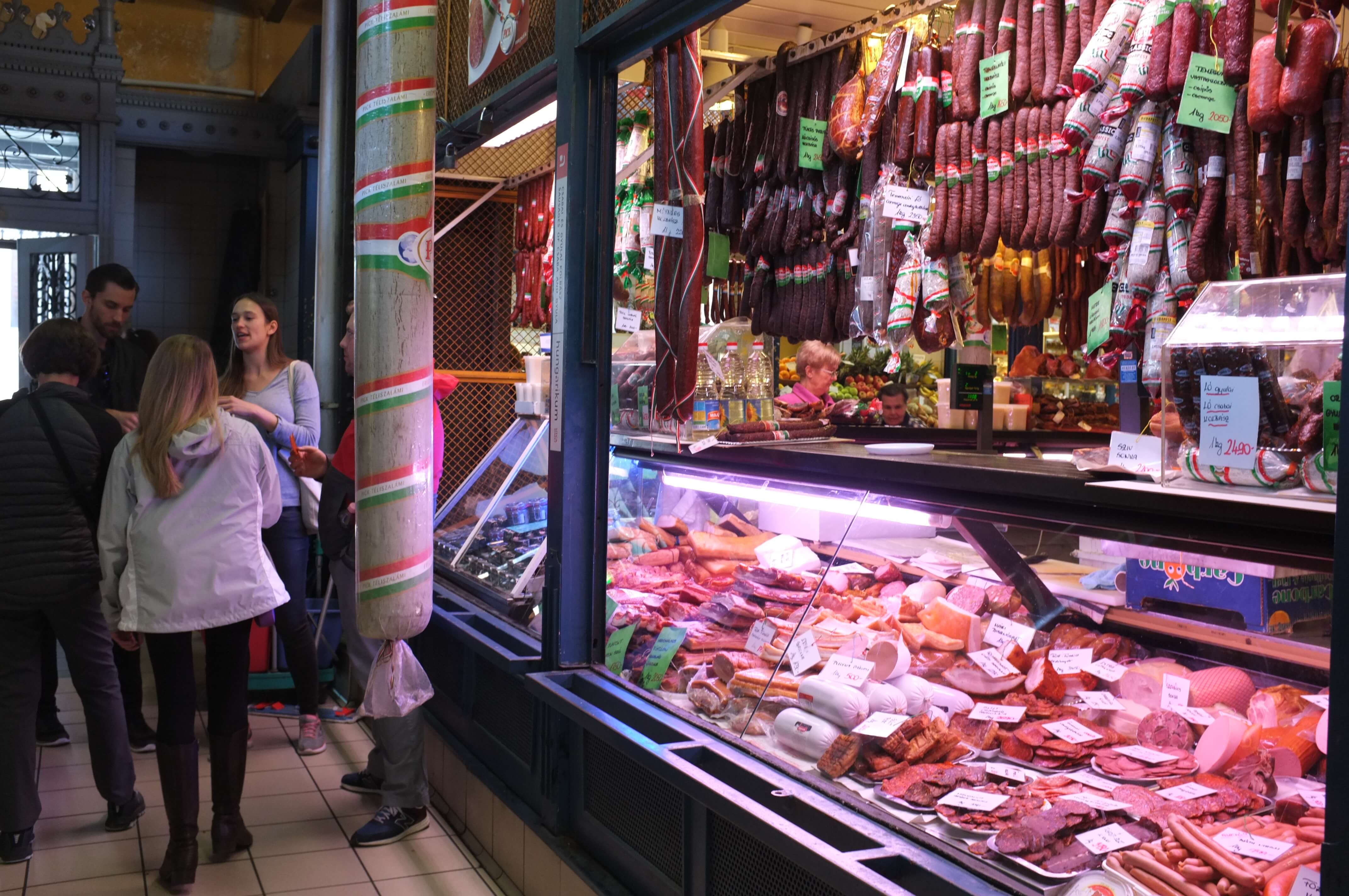
The eating of horse in Hungary may have originated by necessity. As settlers rode across Central Asia and Europe toward the Carpathian Basin, they found a convenient source of nutrition in their worn-out horses. Moreover, drying the meat into sausages made it convenient to carry. The shepherds and herders of the Hungarian plains also saw benefits in using horse meat as a stable ingredient for portable cured sausage. Later, during the privation of the bleakest parts of World War Two in Central Europe, eating horse became more common with urban populations, as meat was scarce, and due to lack of refrigeration, curing it into dry sausage was necessary.
It is worth noting that despite it being a taboo food in America, the current administration may repeal the ban on slaughtering and rendering horses, and return the US to its 2005 place as the world’s leading producer and exporter of horse meat. Canada currently holds that spot, exporting horse meat to countries within the EU like France, which has enjoyed horse meat since the French Revolution, and Italy, where it is used in sausages, salamis, and a stew called pastissada. In Japan, epicureans pony up for the highest quality horse meat, which is eaten raw in thin raw strips, like barnyard sushi.
In Budapest, horse sausage is somewhere between a delicacy and street food.

So what does it taste like? The actual flavor is not so different from other hungarian varieties of dry sausage, and largely tastes of smokey or sharp paprika, garlic, caraway, and fat (for those of us who believe fat is a flavor). It only differs in that there is something unthreateningly gamey about the taste that reminds you of its origins. It’s actually a bit bland—neigh—subtle, if not faintly sweet, like venison. As horse is a naturally lean meat, some recipes call for pork fat to be added for flavor and texture, though butchers at Budapest’s Great Market Hall deny using any other protein.
If you are not used to seeing horse on the menu, it may take a psychological jump to enjoy it for all it has to offer. But part of the fun of visiting a new country is breaking taboos of home and channeling your inner Boudain. Once you’ve gotten a taste for it, you can explore all the other curious sausages and salami varieties on offer around Budapest’s market halls, including szamár (donkey), vaddisznó (wild boar), liba (goose), and szarvás (venison).
Want to sample authentic Hungarian horse sausage? Lókolbász is just one of the many Hungarian foods you can find on Taste Hungary’s Culinary Walk.


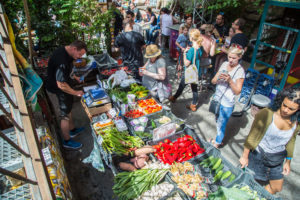
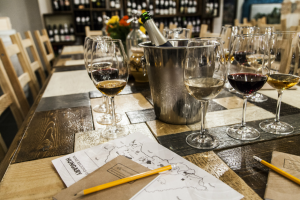
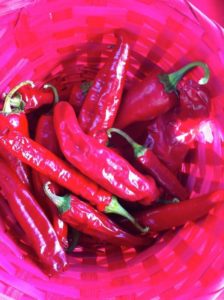
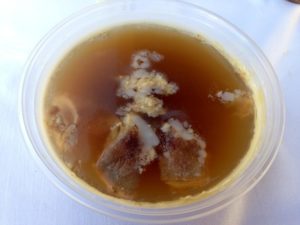



Comments(0)
Leave a comment!